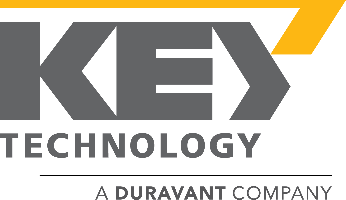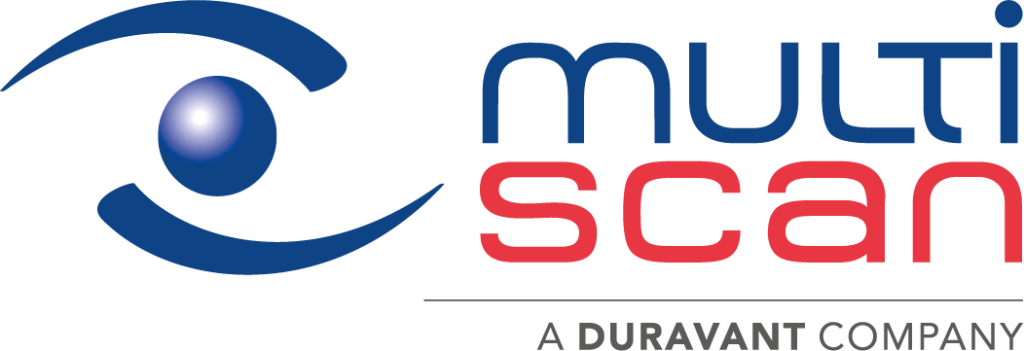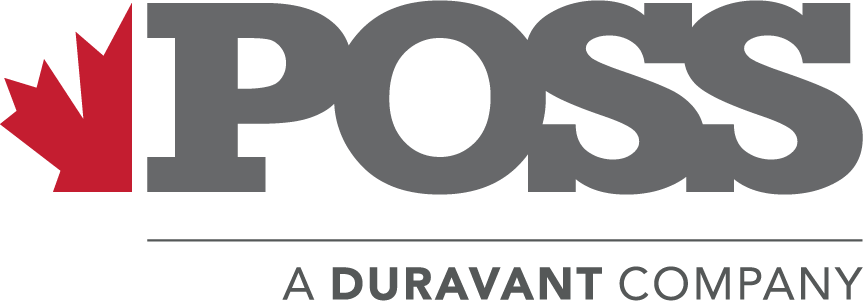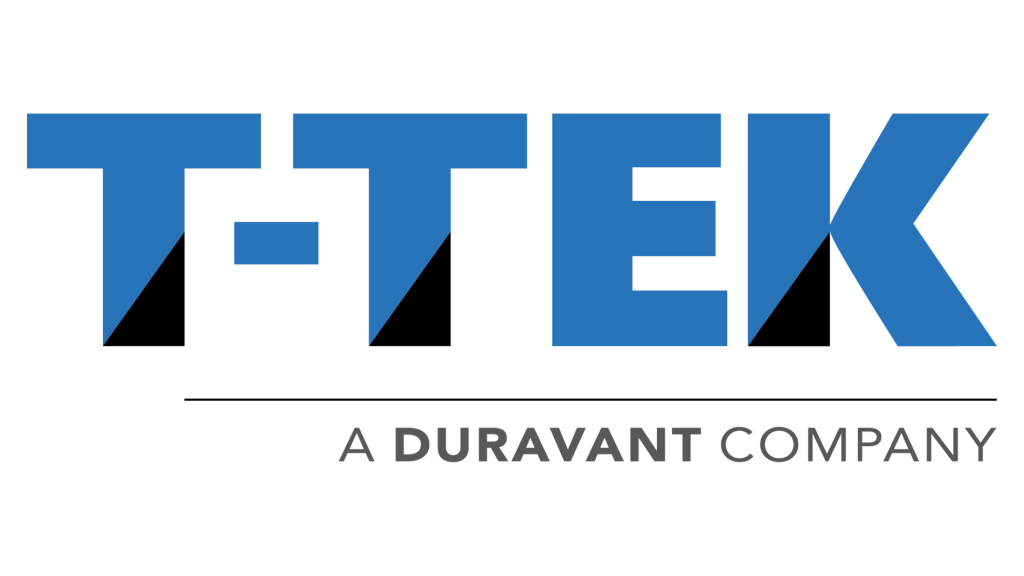The Duravant family of operating companies serve the food processing, packaging and material handling segments.
Innovative Ways Packaging Machines Transform The Food Industry
The food industry has changed dramatically over the years, primarily due to technological revolutions, and an unquenchable thirst for increased efficiency and quality. Packaging machines are amongst the most important innovations and have changed the face of food processing, packaging, and distribution. These modern machines are designed not only to work more efficiently on production lines but also to improve food safety, enhance shelf life, minimize wastage, and meet the rising demand from consumers for greater convenience and sustainability.
An analysis of the innovative advances in packaging machines would reveal that their influence is not merely restricted to packaging. From automation toward smart technology, from biodegradable to green materials, these machines are actually shaping a more efficient and more sustainable food supply chain. In this blog post, we are going to deal with the several aspects of packaging machine technology that are actually redefining industrial standards enabling enterprises to address market trends, and in turn, transforming the food products we interact with on a daily basis.
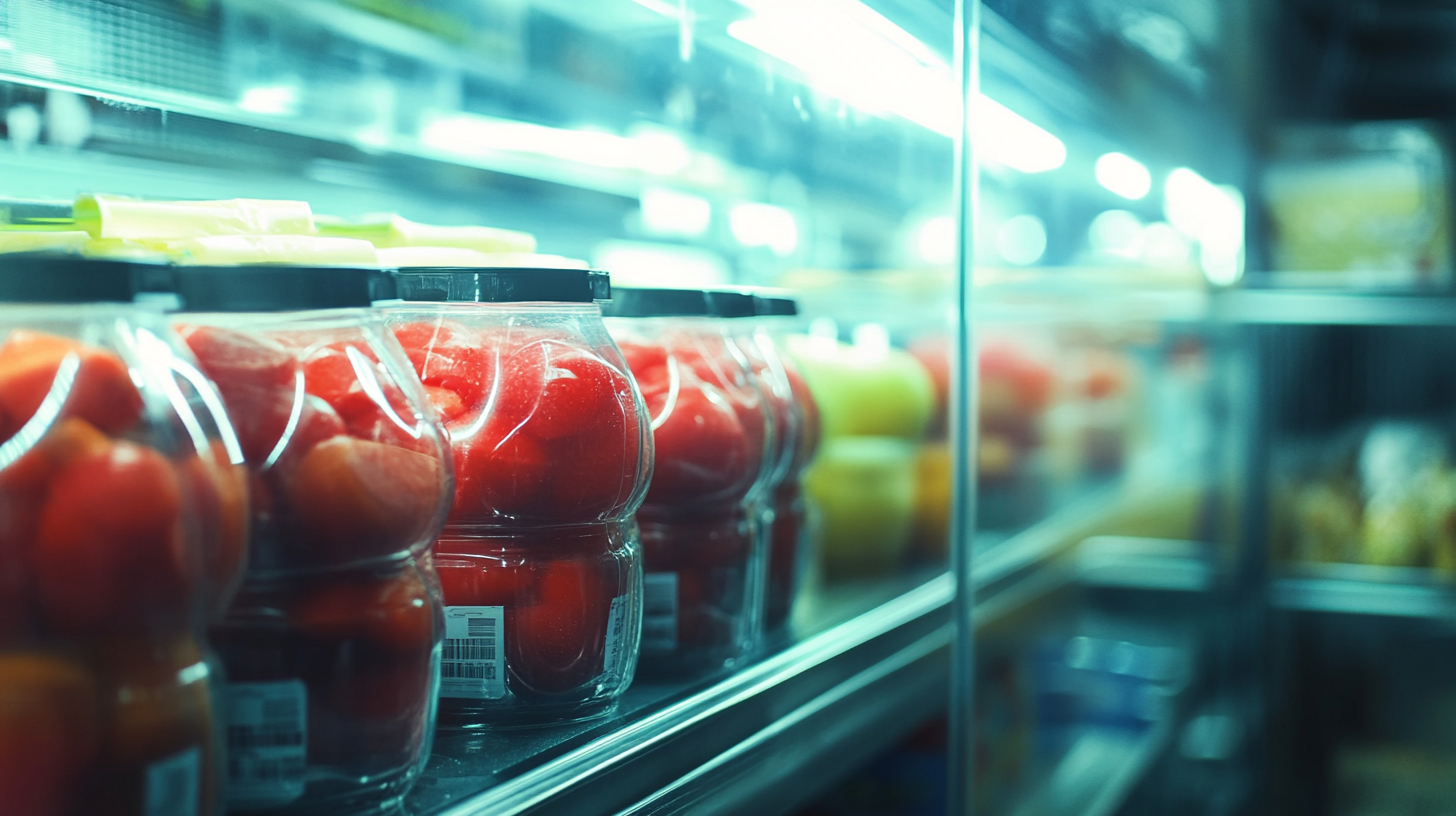
Revolutionizing Food Safety: The Role of Advanced Packaging Technology
The much talked of advanced packaging technology has continuously revolutionized the food safety department. A roughly one-third of the food produced is wasted due to faulty packaging, according to FAO data. Not only will modern solutions extend shelf life, but they are also minimizing risks of contamination to the end user when the food reaches the consumer. Advancements include smart packaging as an all-important innovation in which sensors and indicators are integrated into the packaging. These sensor usually monitor the conditions at which perishable products are stored. A report by Transparency Market Research reveals that the global smart packaging market is anticipated to reach USD 38.5 billion by 2027, attributed to the rising demand among consumers for food safety. These intelligent systems can sense spoilage and advise consumers, therefore reducing very high chances of foodborne diseases. Moreover, it is the modified atmosphere packaging (MAP) technology that changes the modality of food storage and transportation. MAP arrests microbial growth by changing the atmosphere within the packaging, thus increasing the shelf life of meat and dairy products. The global MAP market is set to grow at a CAGR of 6% from 2021 to 2028, thus indicating an intent shift toward safer preservation methods for food. Advanced packaging technologies will make the industry mutate with time, from consumer safety concerns into sustainability considerations. For instance, the number of mouths to be fed around the globe is expected to rise to 9.7 billion by the year 2050, which makes innovative food safety technologies in packaging crucial for the future demands and waste reduction.
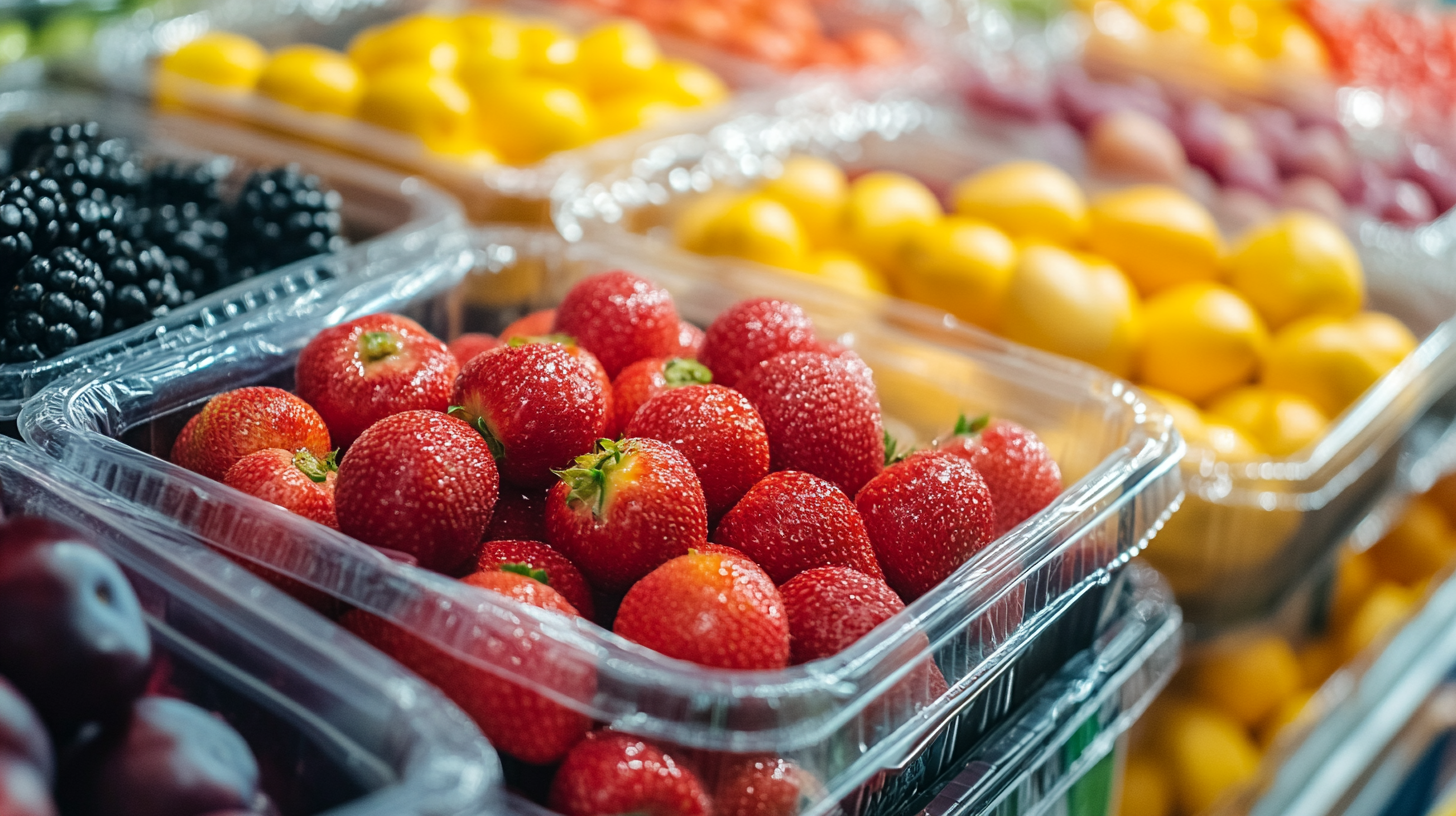
Sustainability in Packaging: Eco-Friendly Innovations in the Food Industry
The use of eco-friendly packaging in sustainable food production is going up the ladder in the industry. For instance, eco-friendly food packaging is expected to cross the unbelievable figure of $199.7 billion by 2024 in the world market and will have an estimated compound annual growth rate (CAGR) of 6.6% from 2025 to 2034. Most of the growth and rise in market value are driven by consumer requirements for sustainable options, which have made businesses rethink their changes to packaging.
One of the most interesting areas in this field is mushroom-based packaging, which is projected to reach a market value of $68.1 million by 2024. Estimated to grow into a CAGR of 7.8% in 2034, this material is gaining traction, primarily due to the associated biodegradability and increased demand for protective packaging solutions in the electronics industry. The development of the biodegradable sector is also stimulated by the eco-friendly push in packaging, going on its evidence-based expansion, as it should reach a market value of $1.899 billion by 2024.
It also demonstrates that the edible packaging market is expected to grow to nearly $675.4 million by 2024, propelled by a CAGR of 4.9% until 2034, in the beverages segment. This is a trend in the particular sector on how packaging is familiarized to consumers in importance with sustainability that underlines how a package can be made pleasing to consumers. As the industry goes on in time, these eco-friendly innovations will conform to regulatory demands and consumer standards and scale up the food packaging landscape for the good.
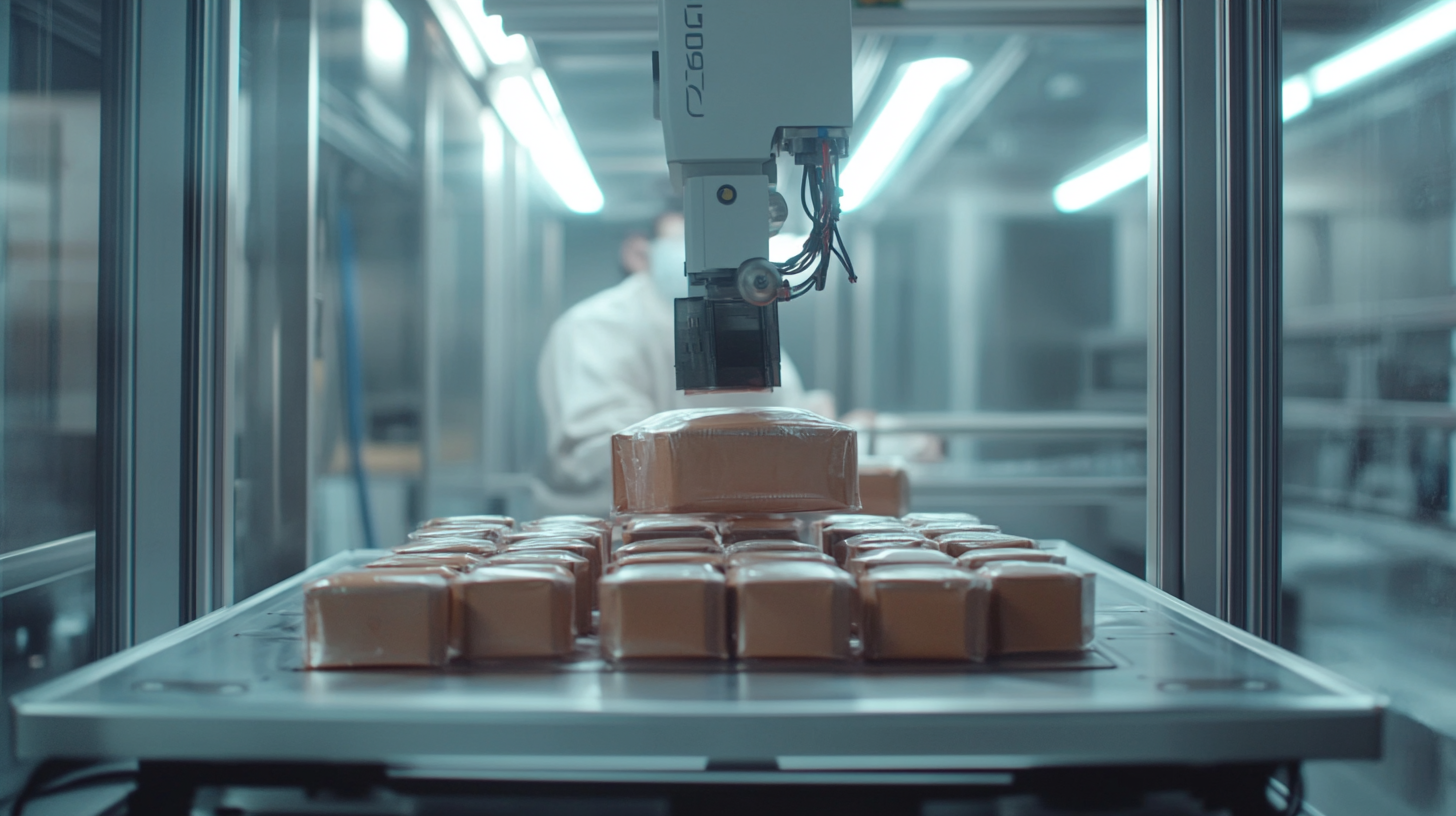
Smart Packaging Solutions: How IoT is Shaping Food Preservation
Last few years had a paradigm-shifting transformation of the food industry with the innovative entry of smart packaging. The role of the Internet of Things (IoT) in consideration herewith is one huge leap for food preservation and consequent safety and longevity. A blend of many packaging classes is expected as the food packaging market rises steadily, whereas the industry and the clientele put increased emphasis on retaining quality during processing, transportation, and storage.
Real-time monitoring of temperature and humidity provides IoT packaging solutions at the highest forefront. The report on a recent initiative indicates that, in military logistics, enhanced food preservation rates from controlled storage temperature and vacuum sealing have gone a long way in avoiding spoilage and, in a similar vein, contribute to reducing food wastage. Industry trends confirm that lightweight yet environmentally friendly packaging is coming under increased demand, maintaining increasingly stringent consumer and regulatory requirements.
Further, newer smart packaging technology development, including contamination detection systems, is emerging as key in food safety. Studies from universities have shown that these technologies can aid considerably in reducing foodborne illnesses, thereby benefiting consumers and relevant manufacturers. As smart packaging technology continues its advancement, stakeholders in the food industry need to evolve and incorporate these changes to meet market demands and work more efficiently.
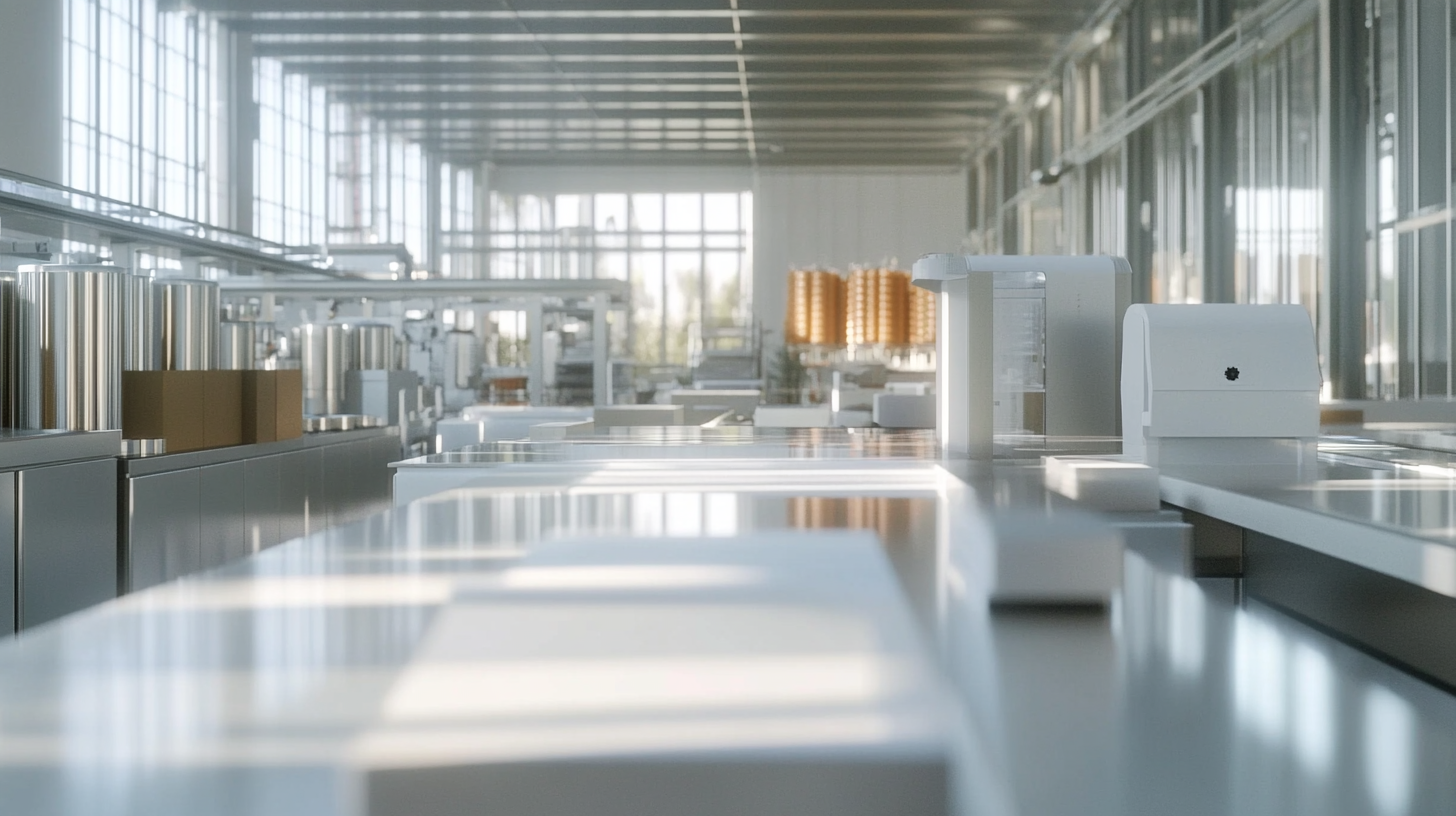
Customization and Branding: The Impact of Packaging on Consumer Choices
Today's extremely cutthroat food industry has a lot of competition and personalization, like branding, which is vital for consumer purchasing decisions. Packaging has become also a very significant marketing tool, as the design, materials, and other features affect how products are viewed. These modern packaging machines provide space for food manufacturers to incorporate custom packaging for specific audiences they are targeting so that brands stand out from the rest on crowded shelves.
Sustainable packaging is among the most essential concepts that have caught the interest of today's environmentally-frindly consumers. A brand that makes use of eco-friendliness creates credibility for itself and feeds this ever-increasing market segment that attaches importance on where products are sourced from in the purchasing process. State-of-the-art packaging mechanisms, such as biodegradable films, compostable pots, and many more, send signals to consumers that a certain brand reduces its footprint in the environment-to even alter their choice of products.
Most important, really attention-catching graphics and functional designs made possible by an advanced packaging technology can increase a product's selling potential. Unusual forms, interactive features, or personalized labels can make a huge difference to consumer behavior. In effect, this brings the consumer emotional connection to the brand with that "storytelling" packaging or "storytelling" branding. Ultimately, the crossroad between innovation and customization in packaging and branding will transform not just the products but the entire industry landscape as well in terms of food.
Automation in Food Packing: Enhancing Efficiency and Reducing Waste
Of late, automation in food packing has become an important force through which efficiency can be realized in the food industry and wastage drastically reduced. Today's packaging machines are equipped with advanced technologies that speed up processes, allowing food manufacturers to maintain high production cycles without compromising quality and efficiency. Automated systems would have the ability to switch between different packaging sizes and materials quickly, ensuring flexibility and responsiveness to market trends.
One of the most significant developments in this field is the adoption of smart sensors and AI in packaging machines. They enable very precise monitoring of the packaging process with reduced waste. For example, sensors can detect and remove internal defects leading to spoilage before they actually happen, therefore providing maximum integrity and shelf life of a product. In addition, the extent of manual labor on packing operations has also been reduced by automation and therefore less fragmentation of speed arbitrary human error, which leads to even more waste.
The issues concerning packaging - especially with the level of harm they do to the environment - top the list of things that food industry corporations are thinking about in this day and age. By using automated packaging solutions, companies can also optimize the usage of each kind of sustainable or reduced plastic composite materials while producing packages that most often limit wastage on excessively created plastics. Innovative solutions such as biodegradable films and minimalist design may prove to be an enabler for companies to keep in touch with eco-friendly practices in the industry, advancing towards a more sustainable food industry. As these machines evolve, greater savings and moving toward a waste-free future further carve out a future for food packing.


